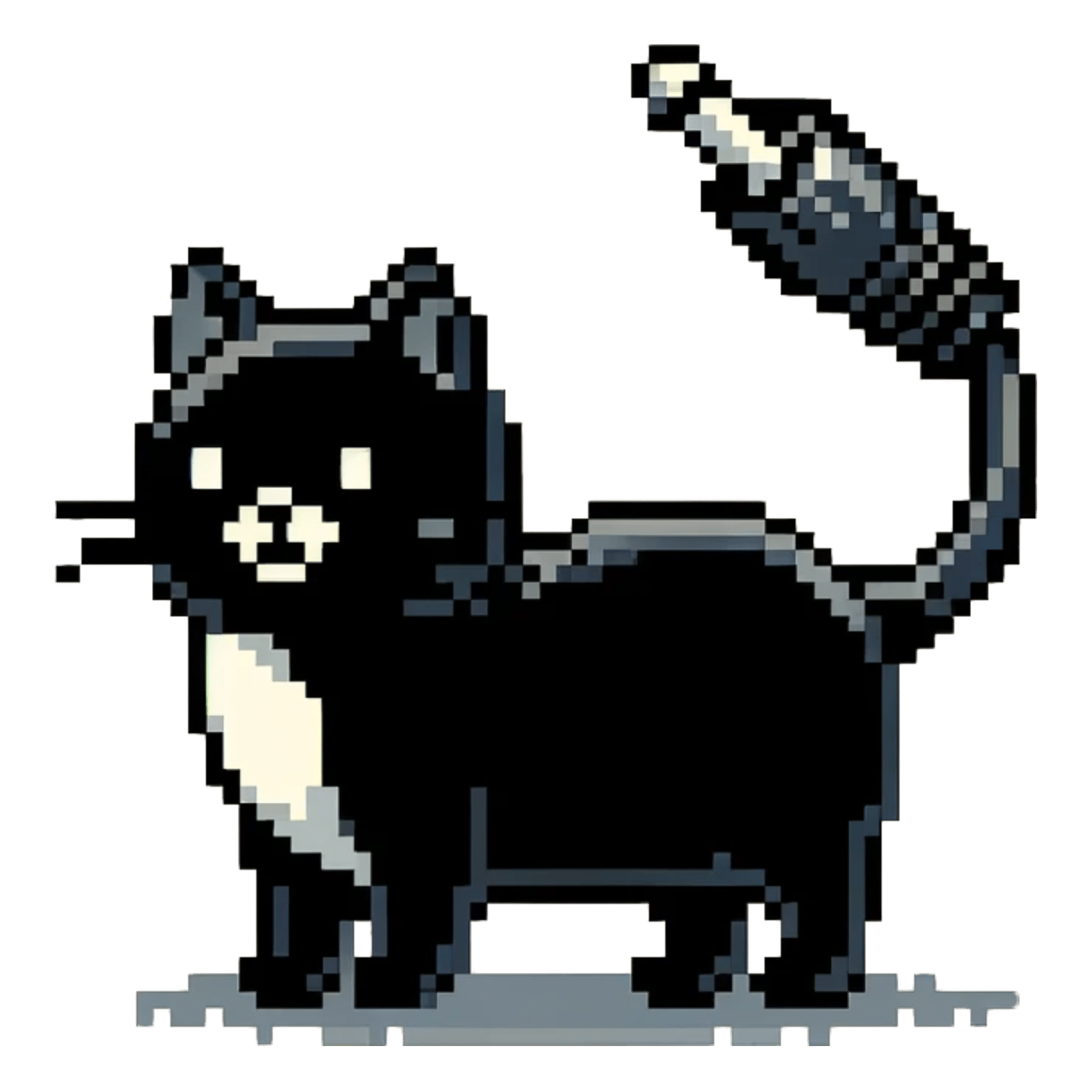Part I: Create sound driven animations. With Cavalry.
This is the first part of a series I am calling “Sound Driven Animation”. This time I am trying out Cavarly. Next time? Who knows… :)
I have been a huge fan of Cavalry since I have discovered it couple of month ago.
And here it is. Finally a possibility to add audio to nifty motion graphics: Since version 2.1 Cavalry supports the incredible Sound Behaviour which makes it super smooth to create reactive animations.
I want to show in this little thought, how you can animate nearly everything in Cavalry using audio (in my case “neary everything” is just simple resizing).
In this case I have an Ableton track consisting of
- Kick,
- Clap,
- Hi-Hat and a
- Synth pad sound.
Wow, what a classic setup ;)
My idea was to showcase the Cavalry Sound-Behaviour by animating each instrument using a different shape.
I ended up animating the Pad sound in some EQ-Style-line-arranged rectangles using the Duplicator function in Cavalry. The other parts are just Text Shapes which change their scale depending on the value returned from the Sound Behaviour.
Create the Track and exporting the stems
Instead of exporting one sound File and adding it as asset to Cavalry I am using Abletons “individual tracks”-exports to generate for each instrument one Stem.
I’ve added each WAV file to the Assets Window (“The Assets Window is the place to add and organise external assets and Compositions.”) in Cavalry.
These single sound files per instrument allow to fine-tune the sound behaviour without mangling around with the different frequencies of the instruments in one sound file.
Create Shapes
Now I add the different kind of shapes I want to use. I’ll spare you the details, but in the end I have my shapes for
- Kick (Text Shape),
- Clap (Text Shape),
- Hi-Hat (Text Shape) and
- Pad (Rectangle + Duplicator with Linear Distribution).
Everyone is free what and how to animate. :) I just want to show the interested reader how easy it is to manipulate the different attributes from the Sound Behaviour.

Fine-Tune the Sound-Behaviour
In this first example every sound behaviour uses Mel (“Mirror the non-linear way humans perceive pitch differences making it useful for speech.”) as frequency scale and I have played with the frequency band setting to optimize the results.
Connect
I am connecting the sound output value to a Value Solver and this value outputs to the attributes I want to modify (e.g. the scale for the Text shapes.)
See it in action
My little demo motion graphics
Maybe I will make some little video where I show how to connect the different parts in Cavalry. But for now I will go to sleep.
